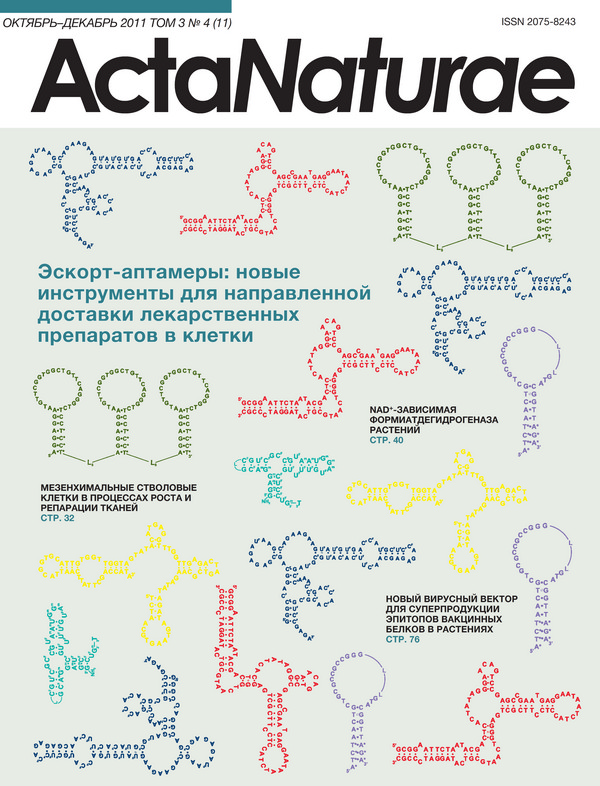Inhibition of DNA Gyrase by Levofloxacin and Related Fluorine-Containing Heterocyclic Compounds
- Authors: Tunitskaya VL1, Khomutov AR1, Kochetkov SN1, Kotovskaya SK2,3, Charushin VN2,3
-
Affiliations:
- Engelhardt Institute of Molecular Biology, Russian Academy of Sciences
- Postovsky Institute of Organic Synthesis, Ural Branch, Russian Academy of Sciences
- Urals Federal University
- Issue: Vol 3, No 4 (2011)
- Pages: 94-99
- Section: Articles
- Submitted: 17.01.2020
- Published: 15.12.2011
- URL: https://actanaturae.ru/2075-8251/article/view/10660
- DOI: https://doi.org/10.32607/20758251-2011-3-4-94-99
- ID: 10660
Cite item







